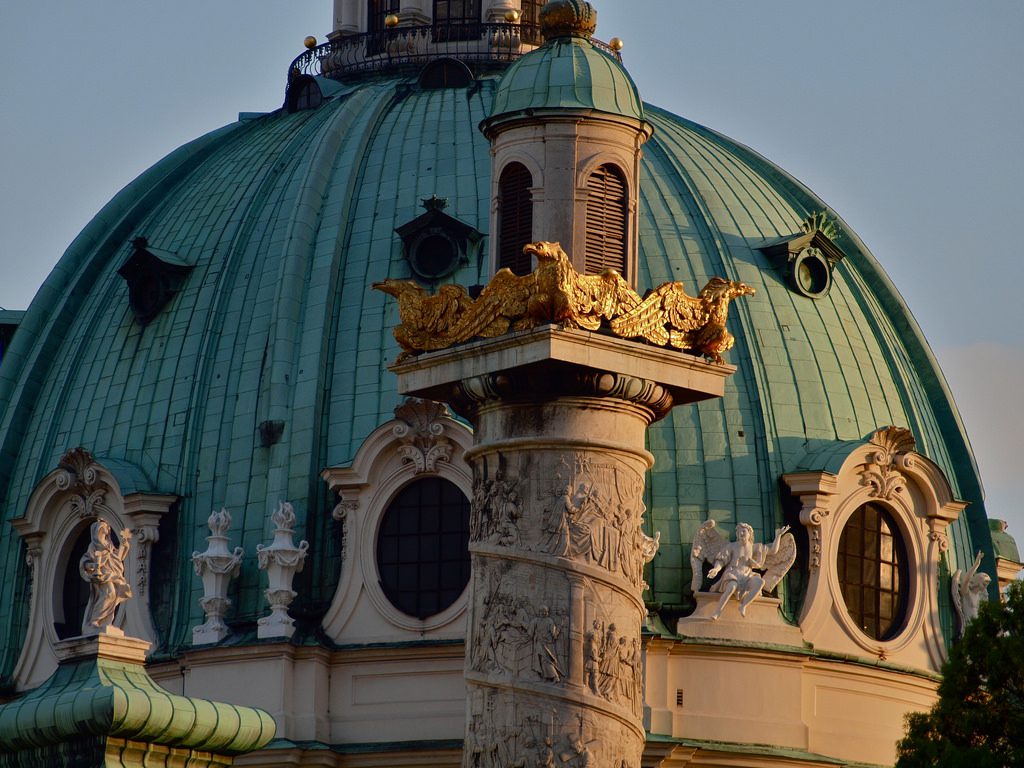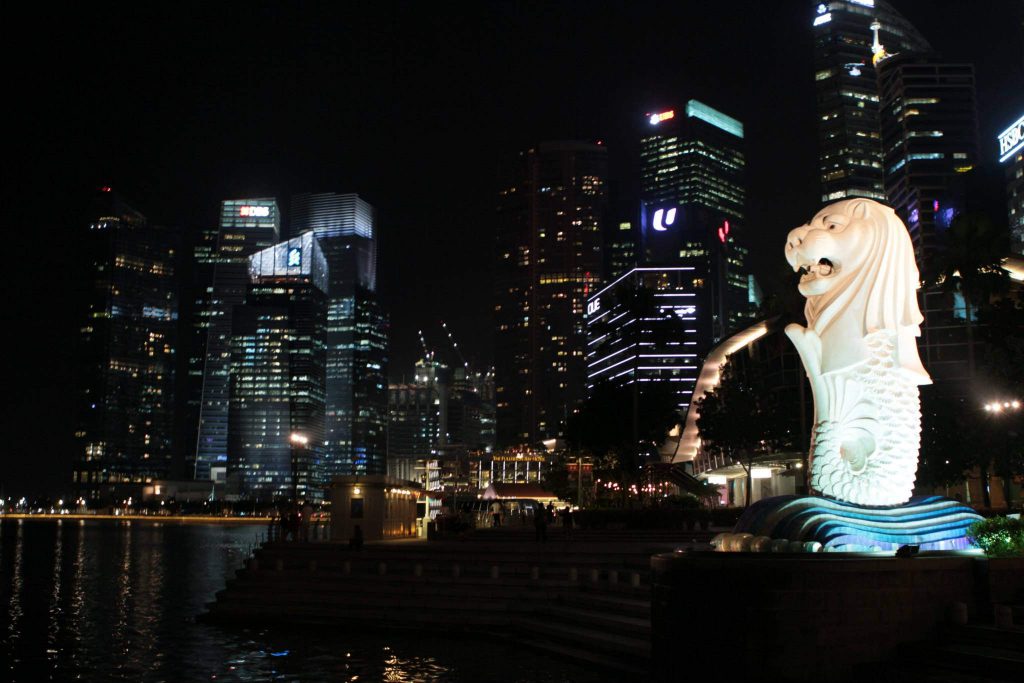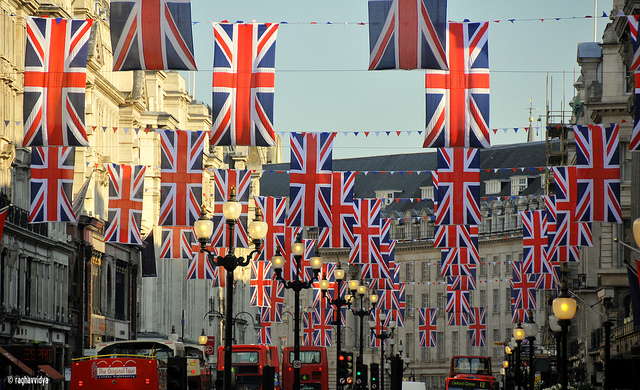Truce for now: the EU and US embrace trade

The import and export of goods and services between the European Union and the United States forms the ‘largest bilateral trade and investment relationship’ on the planet. According to the European Commission, the US invests three times more in the EU than it does in Asia, and the EU’s investment across the Atlantic is eight times what it spends in India and China combined. As close as the two are, the size of the relationship hasn’t provided immunity from a White House that has been picking fights with, and imposing tariffs on, many of its economic partners.
Last Wednesday, European Commission President Jean-Claude Juncker arrived at the White House to try and strike a deal with Donald Trump on trade to prevent tit-for-tat tariff escalations by the US and China. Following the meeting, the leaders announced the beginning of ‘a new phase in the relationship between the United States and the European Union’.
The joint statement declared that both sides want to ‘resolve’ reciprocally applied tariffs—though they remain in place for now. In June, the US applied tariffs on steel and aluminium imported from the EU (and other countries), and in retaliation Brussels raised barriers for American exports to the continent (especially motorcycles, selected food and beverages, cigarettes and clothing).
The agreement has been dubbed by some as a breakthrough after weeks of negative comments from Trump towards the EU. He (falsely) claimed that the EU was founded to ‘take advantage of’ the US, and declared the EU to be a ‘foe’ on trade. Others have pointed to the vagueness of the agreement and Trump’s perceived unreliability, shown by the failed deal with the Chinese in May. Prior to meeting Juncker, Trump tweeted that countries that weren’t interested in ‘fair’ trade deals would be hit with tariffs. After the meeting, Trump took to his favourite social media channel and shared a picture of Juncker embracing him, claiming that both sides obviously ‘love each other’.
The winners of the talks and agreements look to be European car manufacturers. Shares of Volkswagen, BMW, Renault and others took a leap immediately after the meeting’s agreements were announced, with some stocks gaining up to 5% in Europe. German politicians expressed relief, and Economics Minister Peter Altmaier said the deal could avoid a trade war and save millions of jobs.
Despite the buoyant stock market, the statement lacks detail. It’s unclear whether Trump will refrain from applying 25% tariffs on European-produced cars entering the American market, and the steel and aluminium tariffs are still in place.
German industry representatives greeted the news with caution. Dieter Kempf, the president of BDI (a German industry association), underlined that the agreements in the joint statement must be followed with concrete action.
There are also questions over different interpretations of the substance of the US–EU deal on both sides of the Atlantic. Straight after the meeting with Juncker, Trump claimed that the EU had agreed to ‘start buying soybeans … immediately’ and to buy ‘vast amounts’ of liquefied natural gas. However, the statement actually says:
We will also work to reduce barriers and increase trade in services, chemicals, pharmaceuticals, medical products, as well as soybeans … The European Union wants to import more liquefied natural gas (LNG) from the United States to diversify its energy supply.
Shortly after Trump’s tweet, the EU Commission felt compelled to clarify that the EU actually agreed to look into building more LNG terminals, not purchasing more LNG, and a senior commission diplomat told Der Spiegel that the EU ‘will not turn into a Soviet economy’ and import more than it needs. French Finance Minister Bruno Le Maire said agricultural products would not be part of any deal as food imports are subject to strict standards (for example, not being genetically modified).
So it seems that a US–EU trade war is on ice for now. But with Trump’s Twitter tirades and backpedalling from other recent agreements, America’s European partners are understandably cautious. A return to fierce words fired between Washington and Brussels and other capitals across the continent could quickly lead to the erection of new trade barriers. The Europeans saw what happened with China—a truce was followed by Washington applying tariffs in June. It remains to be seen whether the protectionist occupant of the White House will decide to use that approach with the EU.




